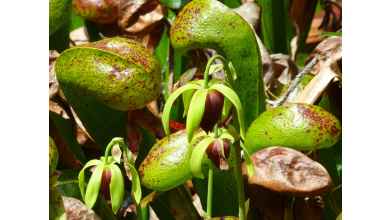Cephalotus Care Guide
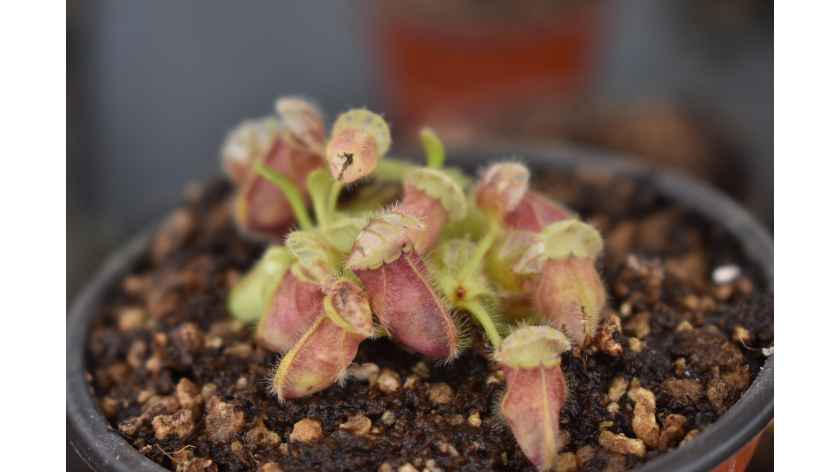
Cephalotus Care Guide: How to Keep Your Carnivorous Plant Healthy
Cephalotus is a unique and fascinating carnivorous plant that is native to Australia. Known for its pitcher-shaped leaves and intricate traps, this plant requires specific care to thrive. In this Cephalotus care guide, we will cover everything you need to know to keep your plant healthy and happy.
Introduction to Cephalotus
Cephalotus follicularis, commonly known as the Australian Pitcher Plant, is a small but potent carnivorous plant. The plant is a member of the Cephalotaceae family, and it is found in the southwestern part of Australia. The plant’s traps resemble pitchers or jugs, and they are used to catch and digest insects and other small prey.
Choosing the Right Location
Cephalotus plants thrive in a humid and cool environment. It is important to place your plant in a location with bright, indirect light. Direct sunlight can damage the leaves and even kill the plant. The ideal temperature range for Cephalotus is between 10-21°C, so it’s important to keep the plant away from sources of heat such as radiators or vents.
Soil and Watering
Cephalotus plants require well-draining soil with high moisture retention. The best type of soil for Cephalotus is a mixture of peat moss, sand, and perlite. It’s important to keep the soil consistently moist, but not waterlogged. Overwatering can lead to root rot and other issues. To water your Cephalotus, fill the pitcher with distilled water or rainwater, avoiding tap water, as it can contain minerals that may harm the plant.
Feeding
Cephalotus plants feed on insects and small prey that fall into their traps. They can also be fed by placing small pieces of meat or insects into the pitchers. It’s important not to overfeed the plant, as this can lead to rot and other issues. If you don’t want to feed the plant directly, you can also place it in an area where it can catch insects naturally.
Humidity
Cephalotus plants require high levels of humidity to thrive. The ideal humidity range for this plant is between 50-70%. To increase the humidity around the plant, you can place it on a tray filled with pebbles and water. The water will evaporate, creating a humid environment around the plant.
Pruning and Propagation
Cephalotus plants require minimal pruning, as they grow slowly and do not require extensive maintenance. However, if you notice any dead or damaged leaves, it’s important to remove them promptly to prevent the spread of disease. Propagation of Cephalotus can be done through seed germination or through root cuttings.
Common Problems and Solutions
- Yellowing Leaves: This is often a sign of overwatering. Allow the soil to dry out slightly before watering again.
- Brown Spots: Brown spots on the leaves can be a sign of sunburn or leaf burn from excessive fertiliser. Move the plant to a shadier location and avoid fertilising.
- Fungus Gnats: These small black flies are often attracted to the moist soil in Cephalotus plants. Use a sticky trap to catch the gnats and avoid overwatering.
Conclusion
Cephalotus is a unique and fascinating plant that requires specific care to thrive. By following these tips and guidelines, you can keep your plant healthy and happy. Remember to choose the right location, use well-draining soil, keep the plant moist but not waterlogged, provide high humidity, and avoid overfeeding. With proper care, your Cephalotus can be a long-lasting and beautiful addition to your collection of carnivorous plants.
FAQs
- Can I grow Cephalotus outdoors?
- Cephalotus is native to Australia, and it requires a specific climate to thrive. Unless you live in a climate that matches its native habitat, it’s best to grow it indoors or in a greenhouse.
- How often should I water my Cephalotus?
- Cephalotus requires consistently moist soil, but it’s important not to overwater it. Watering once a week is usually sufficient, but you should monitor the soil moisture to avoid overwatering.
- Can I use tap water to water my Cephalotus?
- It’s best to avoid tap water, as it may contain minerals that can harm the plant. Use distilled water or rainwater instead.
- How do I propagate my Cephalotus?
- Cephalotus can be propagated through seed germination or root cuttings. Seed germination requires patience and specific conditions, while root cuttings are a more straightforward method.
- Do I need to fertilise my Cephalotus?
- Cephalotus does not require frequent fertilisation, as it obtains most of its nutrients from the insects it catches. Over Fertilising can harm the plant, so it’s best to avoid it.
In summary, Cephalotus is a unique and fascinating carnivorous plant that requires specific care to thrive. Choosing the right location, using well-draining soil, providing high humidity, and avoiding overfeeding are key to keeping your plant healthy and happy. With patience and diligence, you can enjoy the beauty and intrigue of this captivating plant.
Carnivorous Pitcher Plants May Lure Insects with Smell

Types of Carnivorous Plants
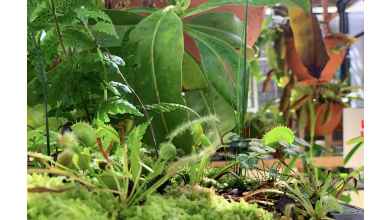
What Do Carnivorous Plants Eat?
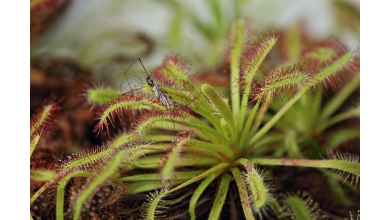
Are There Any Carnivorous Plants in the UK?
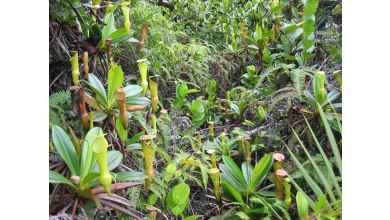
How to Grow Venus Fly Trap from Seeds

Darlingtonia Californica Care Guide
